Number problems often involve finding unknown values that satisfy several conditions simultaneously. These conditions may include:
The key steps are:
These problems are a practical application of algebra and logical reasoning, where understanding how to model real statements into equations is just as important as solving them.









The sum of the three numbers is 51. If the first number is divided by the second, the quotient is 2 and the remainder 5; but if the second number is divided by the third, the quotient is 3 and the remainder 2. Determine the numbers.



See images:
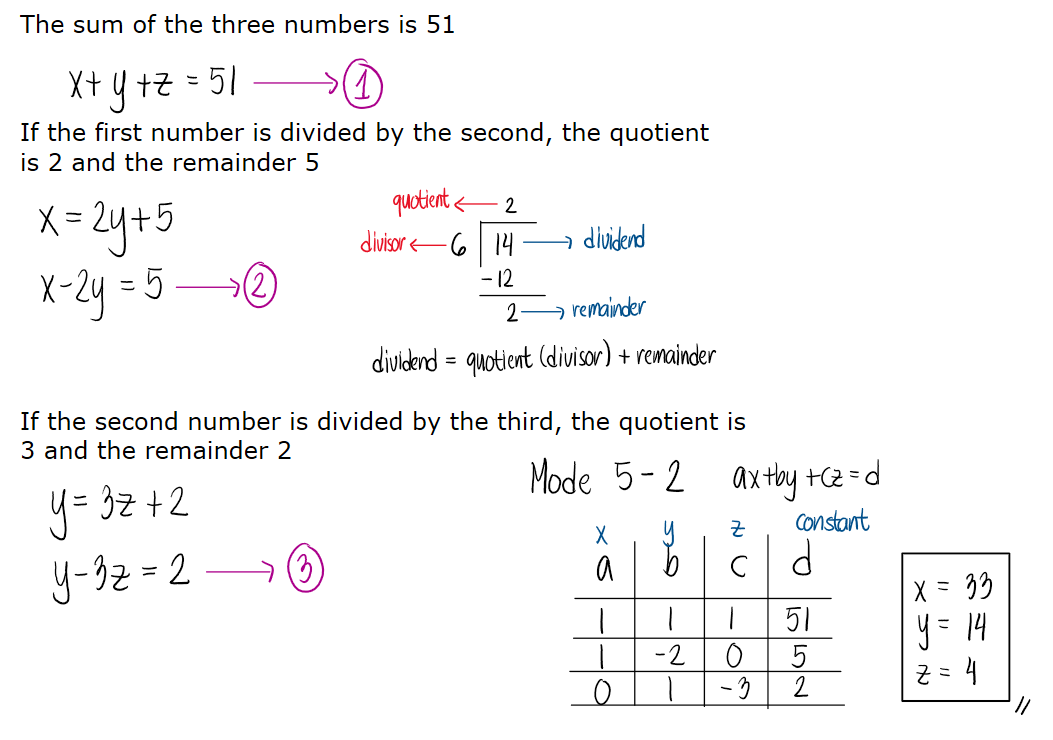



If the numerator of a certain fraction is increased by 2 and the denominator is increased by 1, the resulting fraction equals ½ . If, however, the numerator is increased by 1 and the denominator decreased by 2, the resulting fraction equals 3/5 . Find the fraction.



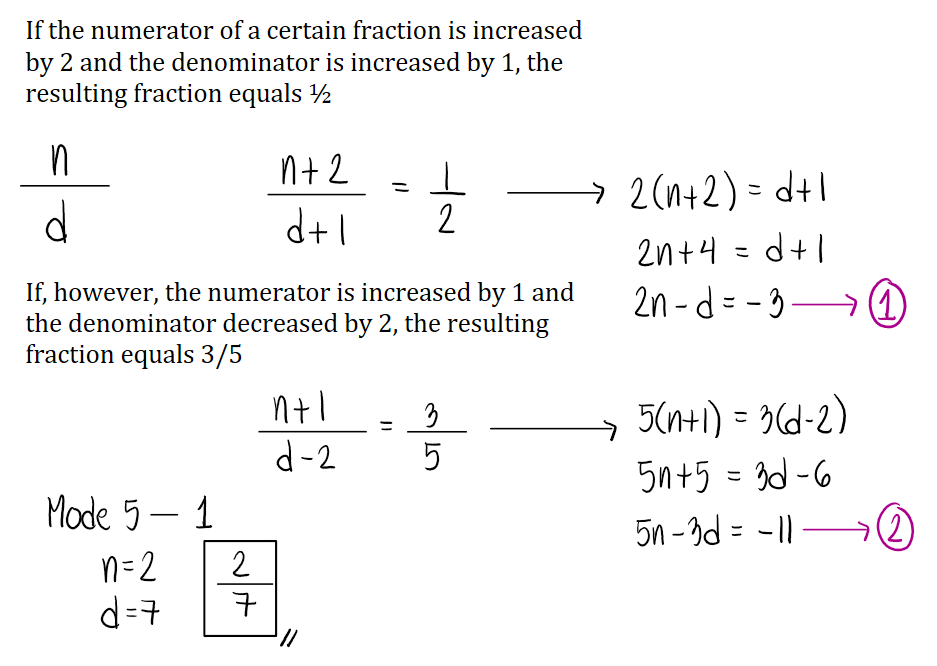



The ten’s digit of a certain number is 3 less than the unit’s digit. If the number is divided by the sum of the digits, the quotient is 4 and the remainder is 3. What is the original number?



See images:
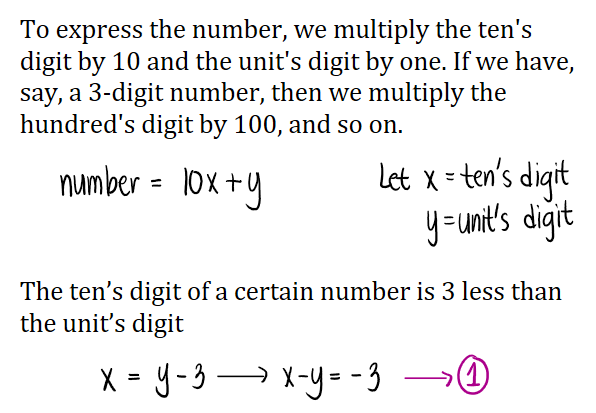



A number is expressed by 3 digits, which are in arithmetic progression. If the number is divided by the sum of the digits, the quotient is 26 and if 198 is to be added to the number, the digits will be reversed. Find the ten’s digit.



See images:
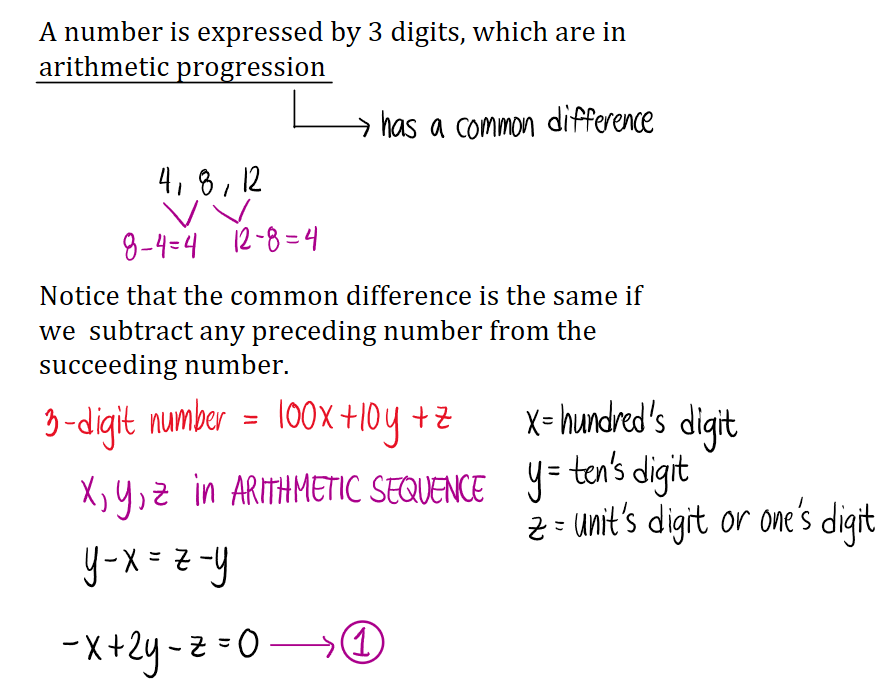
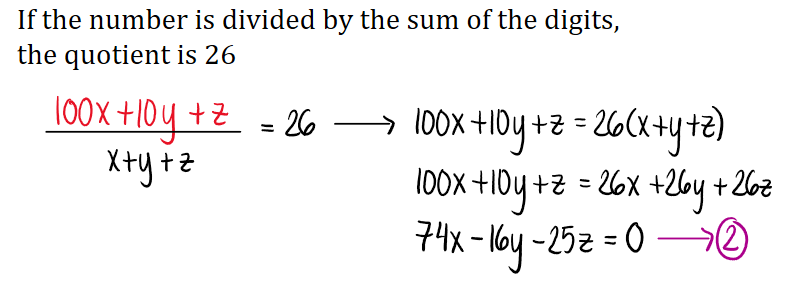
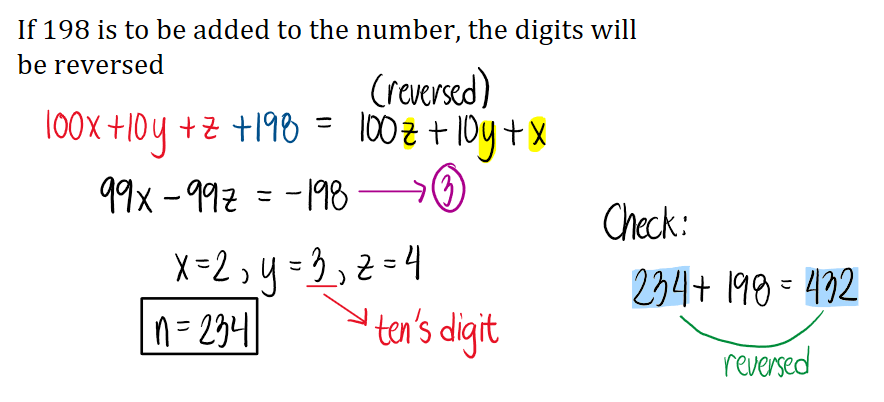

The sum of the ages of the three brothers is 63. If their ages are consecutive integers, what is the age of the eldest brother?



See images:



